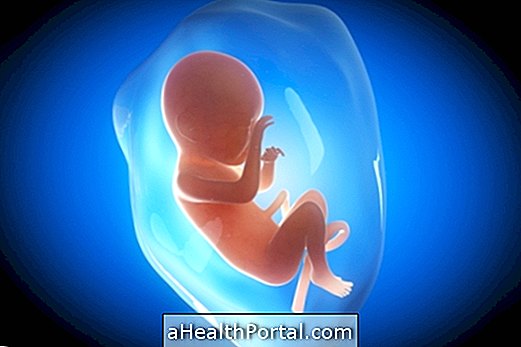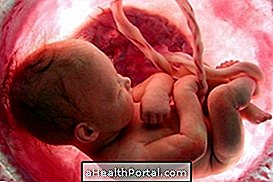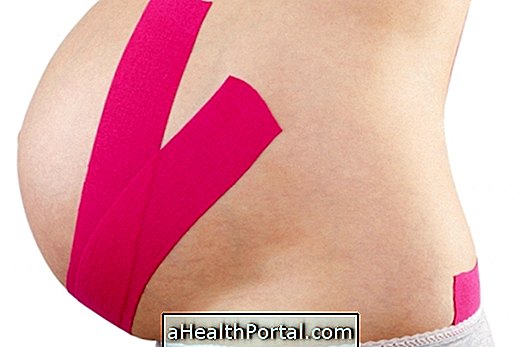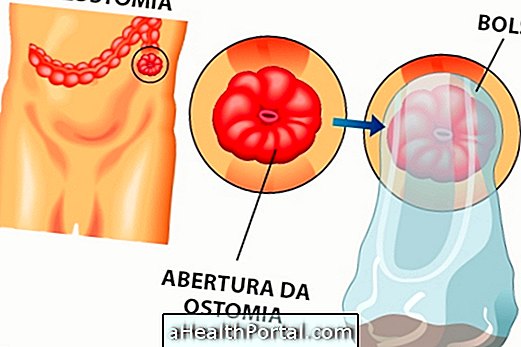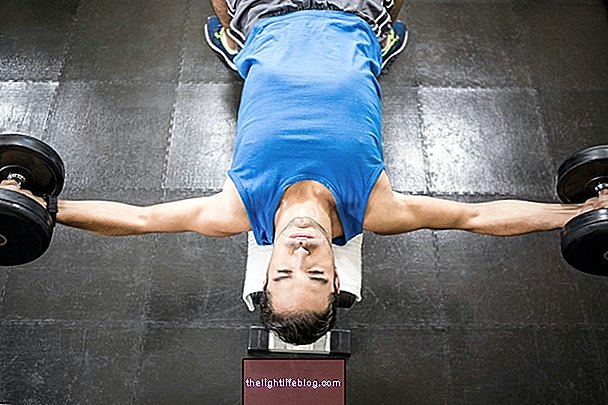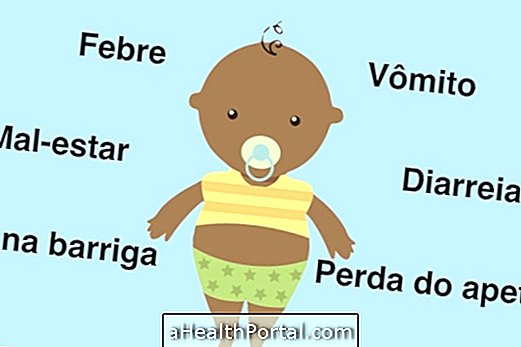Kristeller's maneuver is a technique performed with the objective of accelerating labor in which pressure is placed on the woman's uterus, reducing the expulsive period. However, although this technique is widely used, there is no evidence to prove its benefit, in addition to exposing both the woman and the baby to risks.
It is important to emphasize that childbirth must be a woman's choice, as long as there are no contraindications. Thus, the Kristeller maneuver should only take place if the woman wishes, otherwise the delivery should take place according to her desire.

Why Kristeller's maneuver shouldn't be done
Kristeller's maneuver should not be performed due to the risks to the woman and the baby that are related to his practice, and there is no evidence of its benefits.
The purpose of Kristeller's maneuver is to shorten the duration of the expulsive period of childbirth, accelerating the baby's exit and, for this, pressure is applied to the bottom of the uterus to promote the baby's exit. Thus, in theory, it would be indicated in situations in which the woman is already exhausted and is unable to exercise sufficient strength to promote the baby's exit.
However, some studies demonstrate that this technique is performed as a routine, not being requested by the woman and being performed even if the woman is in a condition to continue performing the pulls, in addition to there is evidence that the maneuver does not decrease the expulsive period and exposes the woman and baby to unnecessary risks.
Main risks
The risks of Kristeller's maneuver exist due to the lack of consensus on his practice and the level of applied force. Although it is indicated that the maneuver is performed using both hands at the bottom of the uterus on the abdominal wall, there are reports of professionals who perform the maneuver using the arms, elbows and knees, which increases the chance of complications.
Some of the risks for women that are associated with Kristeller's maneuver are:
- Possibility of rib fracture;
- Increased risk of bleeding;
- Serious lacerations in the perineum, which is the region that supports the pelvic organs;
- Displacement of the placenta;
- Abdominal pain after childbirth;
- Possibility of rupture of some organs, such as spleen, liver and uterus.
In addition, performing this maneuver can also increase the woman's discomfort and pain during labor, increasing the likelihood of using instruments during childbirth.
Regarding the baby, the Kristeller maneuver can also increase the risk of brain bruises, fractures in the clavicle and skull and its effects can be perceived throughout the child's development, which can present seizures, for example, due to trauma in childbirth .
Performing the Kristeller maneuver is also associated with a higher rate of episiotomy, which is a procedure that is also performed with the aim of facilitating childbirth, but which should not be performed as an obstetric routine, since there is no scientific evidence that prove its benefit, in addition to being related to complications for women.
Was this information helpful?
Yes No
Your opinion is important! Write here how we can improve our text:
Any questions? Click here to be answered.
Email in which you want to receive a reply:
Check the confirmation email we sent you.
Your name:
Reason for visit:
--- Choose your reason --- DiseaseLive betterHelp another personGain knowledge
Are you a health professional?
NoMedicalPharmaceuticalsNurseNutritionistBiomedicalPhysiotherapistBeauticianOther
Bibliography
- Portal of Good Practices in Women, Children and Adolescents' Health. Stop doing Kristeller's maneuver: why and how?. 2018. Available at:.
- LEAL, Maria do Carmo et al. Obstetric interventions during labor and delivery in Brazilian women at habitual risk. Cad. Public Health. Vol 30. 17-32, 2014
- MINISTRY OF HEALTH. National Guidelines for Assistance to Normal Childbirth. 2016. Available at:. Accessed on 07 May 2020
- REGIONAL NURSING COUNCIL OF SANTA CATARINA. Technical opinion COREN / SC Nº 001 / CT / 2016 - Kristeller's maneuver. 2016. Available at:. Accessed on 07 May 2020
- CARVALHO, Laëtitia Cristina V. The effects of Kristeller's maneuver on the second period of labor.. Internship Report, 2014. Escola Superior de Enfermagem do Porto.

